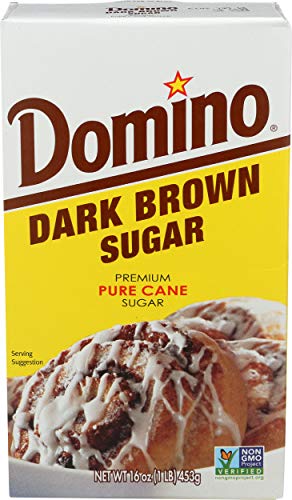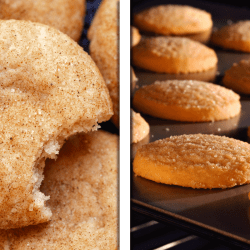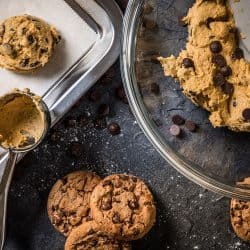Cookies are a wonderful treat. When they're homemade, they get tastier, and you have control over the ingredients. However, mistakes happen! If you've added too much flour to the cookie dough, we researched some ways to fix it!
You can fix the cookie dough by adding more water. Excess amounts of flour make the dough dry and unworkable. Adding water to the mixture will get it to the correct consistency. But you want to do this incrementally. Otherwise, you'll make the dough too moist.
Baking cookies shouldn't be difficult. However, it's easy to mess up. If you need help with baking the perfect batch, we can help. We'll also go over other issues you may encounter. To learn more, keep reading.
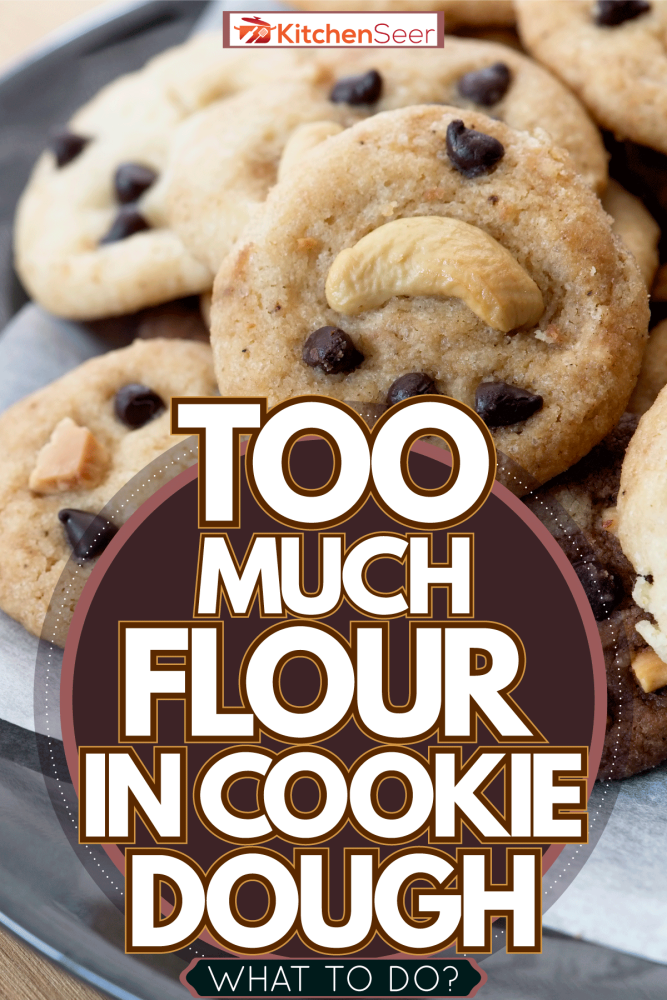
How To Fix Dry Cookie Dough?
We have to identify the issue correctly before we fix it. So, let's go over the consistency of dough with too much flour. If you add too much flour, you will end up with cookie dough that struggles to hold its shape.
Also, if you want to add toppings, the dough will struggle to keepthem inside. The cookie dough will have a consistency that resembles clay. Therefore, it's going to be crumbly.
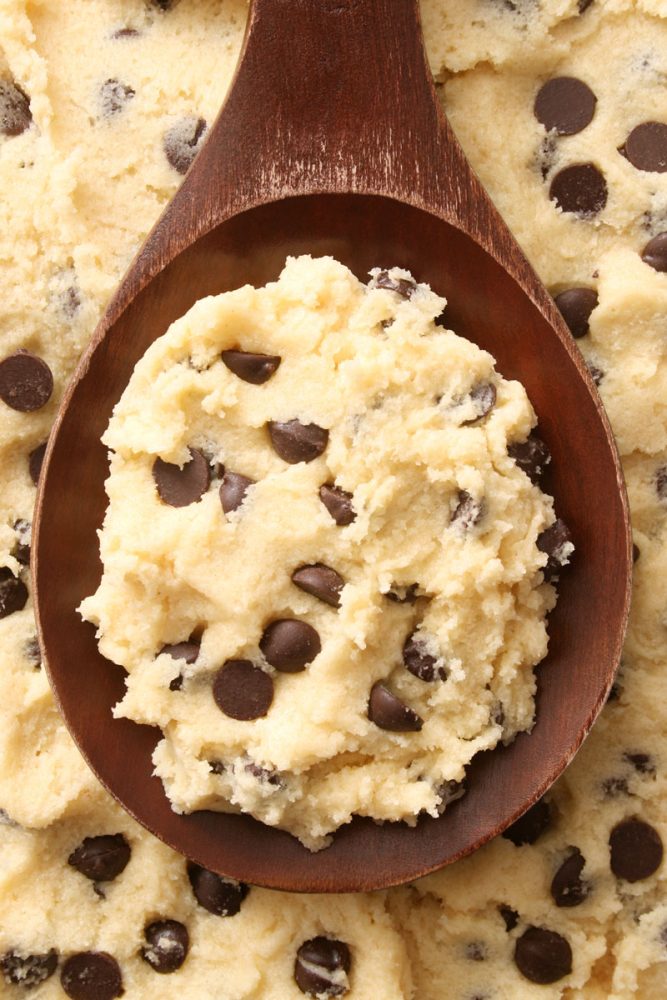
If you try to cook cookie dough with this consistency, the texture will resemble a scone more than a cookie. So, it's denser than a cookie should be.
Achieving the Right Consistency
Now, we know the characteristics of cookie dough with too much flour. The next step is to figure out the right consistency. Cookie dough should have a good structure.
It's also slightly sticky. So, when you touch the dough, small amounts will get stuck on your hand. In the best scenario, none of the dough sticks to your hand.
The cookie dough should also mold into shapes easily. There shouldn't be any dough falling off if you squeeze it. These are the characteristics of cookie dough with good consistency.
Here's a YouTube video demonstrating cookie dough with a correct mixture:
Fixing Dry Cookie Dough
It's time to fix your cookie dough. However, it's worth noting you might have to play around with ingredients. The simplest solution would be to add water incrementally.
Adding Water or Butter

You want to be careful with how much water you add at a time. Otherwise, it will create the opposite problem. Your dough will hold too much moisture and you'll get cookie dough that's too sticky.
However, you can safely add one tablespoon of water at a time. Add more if you don't achieve the right consistency the first time. Alternatively, you can add one tablespoon of butter.
Of course, if the cookie dough still crumbles, keep adding more until you achieve the correct consistency.
Add More Ingredients
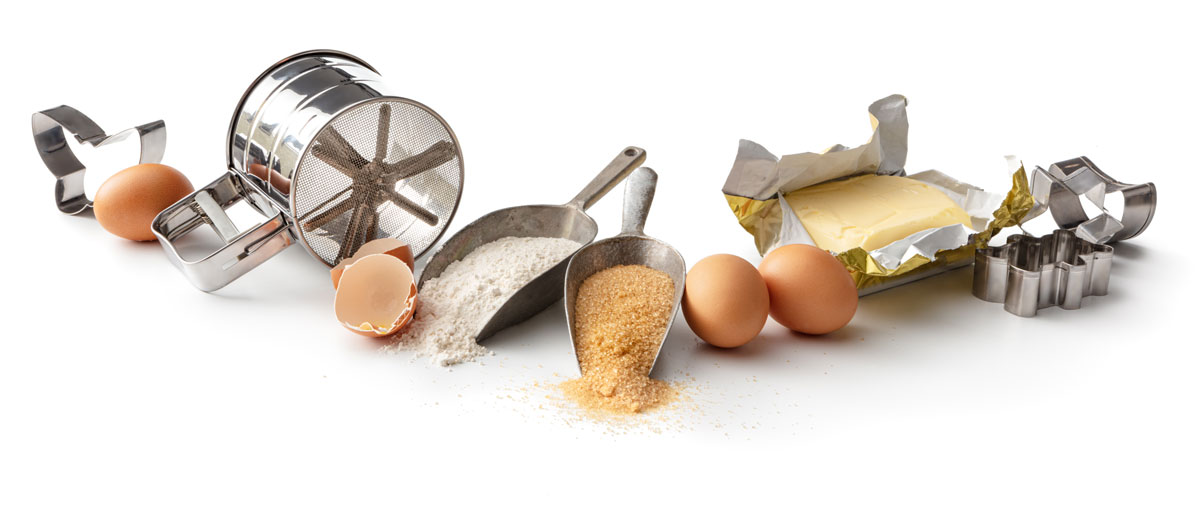
It's worth noting that the solution above will affect the outcome of the cookies. So, they might not come out as sweet as you'd like. More specifically, it won't resemble the recipe you're following.
This happens because you're adding more flour and water or butter than the recipe calls for. So, it's essentially going to be a new recipe. If you want results close to the original, you'd need to double up on the ingredients.
Click here to see this brown sugar on Amazon.
Let's go over an example. Imagine a recipe that calls for one cup of flour. Here's an example of a recipe:
- 1 cup of flour
- 1/2 cup of unsalted butter
- 1/2 cup of sugar
- 1 large egg
- 1/2 teaspoon of sea salt
- 1/4 teaspoon of baking soda
Now imagine you add two cups of flour to this recipe by mistake. Here are the adjustments you can make:
- 2 cups of flour
- 1 cup of unsalted butter
- 1 cup of sugar
- 2 large eggs
- 1 teaspoon of sea salt
- 1/2 teaspoon of baking soda
At this point, you're following the original recipe again. Instead of making one batch of cookies, you have enough for two. This way, you can get results close to the original recipe.
What Happens To Baking Time If You Double The Recipe?
Of course, you also have to consider the baking time. After all, you're making double the cookies! It raises the question, what happens to the baking time if you double the recipe?
Generally, the baking time doesn't matter for cookies. For example, instead of baking 12 cookies in 8 minutes, you're going to bake 24. So, you're just baking more of them.
Also, it depends if you bake them at the same time. If you didn't know, sometimes oven rack positioning matters. So, you might want to bake each batch separately.
If that's the case, you'll be taking more time to bake the cookies. Otherwise, it stays the same. If your recipe calls for a six-minute baking time, follow the instructions.
What Happens if You Bake Cookie Dough With Too Much Flour?
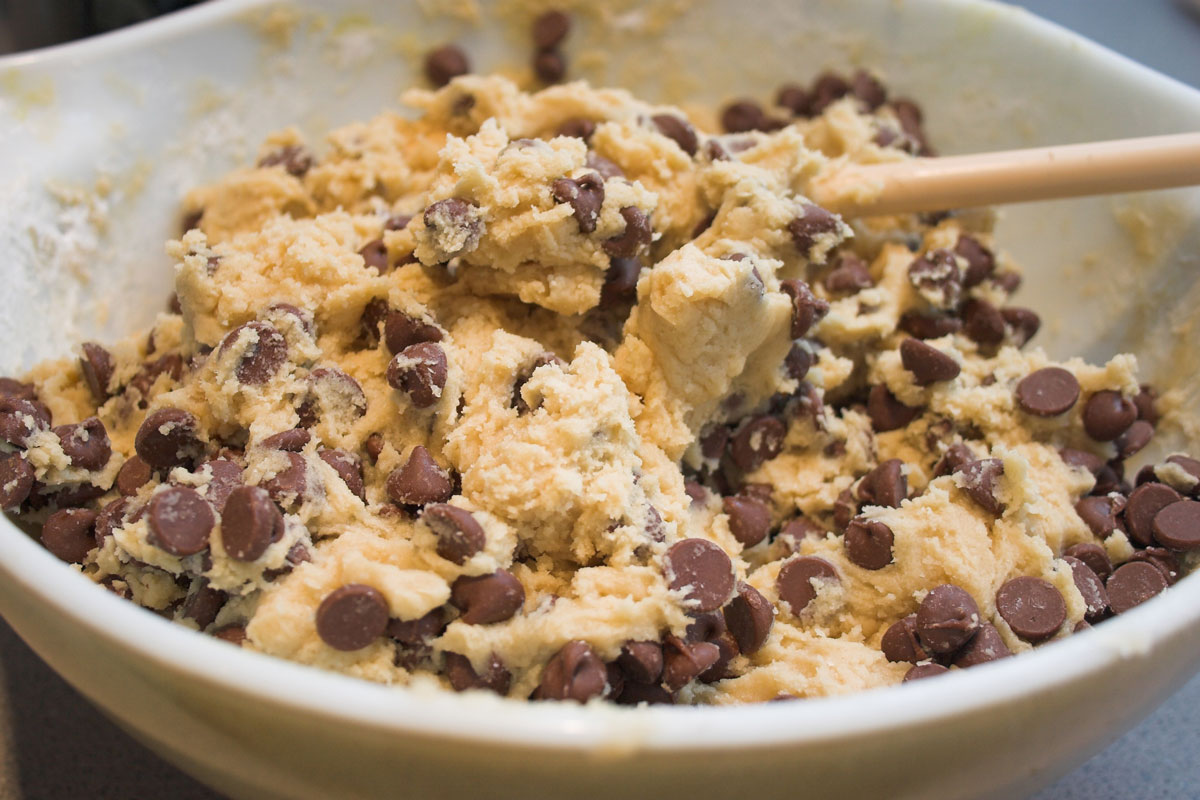
Sometimes, it's not obvious when you add too much flour to the dough. If it's your first time baking cookies, you might've prepared a dry batch. In other cases, maybe your cookies didn't spread out as much as you'd like.
Typically, the outcome depends on the amount of flour you add. Excessive flour will create cookies with crisp edges and an undone middle. However, what if you added a tiny bit more?
So, instead of one cup of flour, you added 1/4th of a cup more. The amount is minuscule. But, it does affect the results.
In this situation, the flavor will mostly remain the same. However, you might get a hint of flour. Also, the edges of the cookie will be crispy.
The middle will vary. It can be slightly underdone or underdone throughout. And the size will be different too. Since it has more flour than the recipe calls for, expect the cookie to be slightly smaller.
More specifically, it will look similar to a Nilla wafer. However, it will be thicker.
What Happens If You Add Too Much Water or Butter To The Dough?
If you're not careful, you can create the opposite problem. Adding too much butter or water to the dough will make it equally hard to work with. Excess moisture puts strain on the structural components of the dough.
As you can imagine, the cookie will struggle to hold its shape. Instead, it will double the size of a standard cookie. That might sound like a good idea. But, there are downsides to it.
The cookie will lack density. If you have to compare, it would be like a cracker. Even more, the cookie won't bake nicely.
Some areas will be palatable. But, you can get some burned areas. If it isn't burned, it will be close to it. There isn't much change flavor-wise, and it might even taste better than you expected.
All-in-all, there aren't too many downsides to using a wetter dough. It's only going to disappear into your stomach a lot quicker!
What Gives Cookies A Chewy Texture?
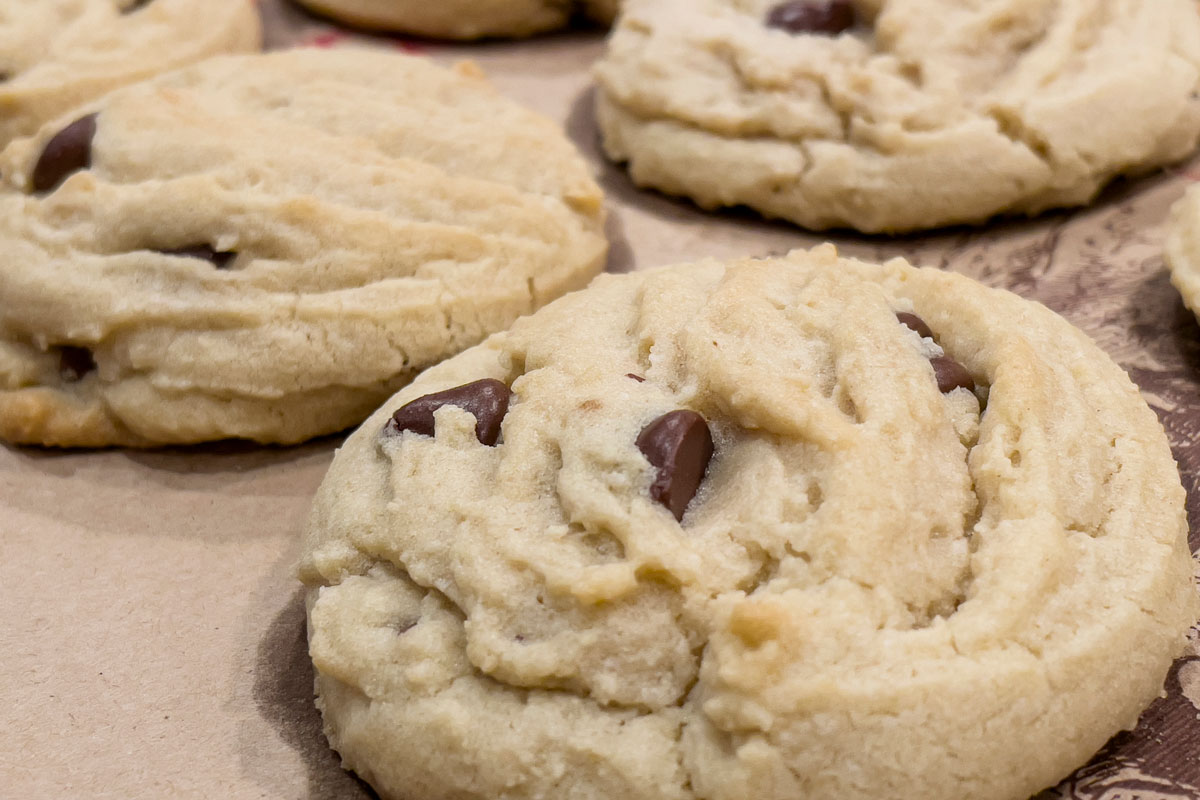
Everyone has a cookie texture preference. Some people like them soft and chewy, while others enjoy a crispy bite. What if you want to bake chewy cookies?
The easy answer would be to look for a chewy cookie recipe. But, some people like the nitty-gritty details. What exactly gives them that chewy texture?
The answer is complicated. Equipment varies from person to person. So, you might get different results using the same recipe. You will have to test multiple batches before you get the perfect one.
Choosing Ingredients
However, some ingredients can guarantee success in your efforts. More specifically, choose vegetable shortening instead of butter. Butter is a combination of fats, milk solids, and water.
Click here to see this vegetable shortening on Amazon.
It makes the cookie more prone to spread and dry out. In comparison, vegetable shortening only contains fats and helps the dough keep its moisture. If you can't give up the buttery flavor, there's also butter-flavored vegetable shortening.
Click here to see this butter-flavored vegetable shortening on Amazon.
Decreasing Baking Time
Another way you can guarantee a chewier cookie is by shortening the baking time. It's one of the simple ways without affecting the flavor. If you want to try this out, look out for golden edges.
At this point, the sides are ready, but the center will be soft. Take them out and check if they're ready to eat.
Lower The Oven Temperature
Lowering the oven temperature is another way you can try making chewier cookies. High heat reduces the moisture content in cookies. The trade-off is faster than baking times.
But, if you can spare a few more minutes, lowering the temperature helps retain moisture. The downside to this is a slightly longer baking time. In any case, try baking your cookies at 325 degrees Fahrenheit instead of 350.
As you can see, the common theme with these solutions is moisture. The dough needs to hold onto enough of it to produce a chewy cookie. It's the opposite case if you want a crunchy cookie.
In Closing
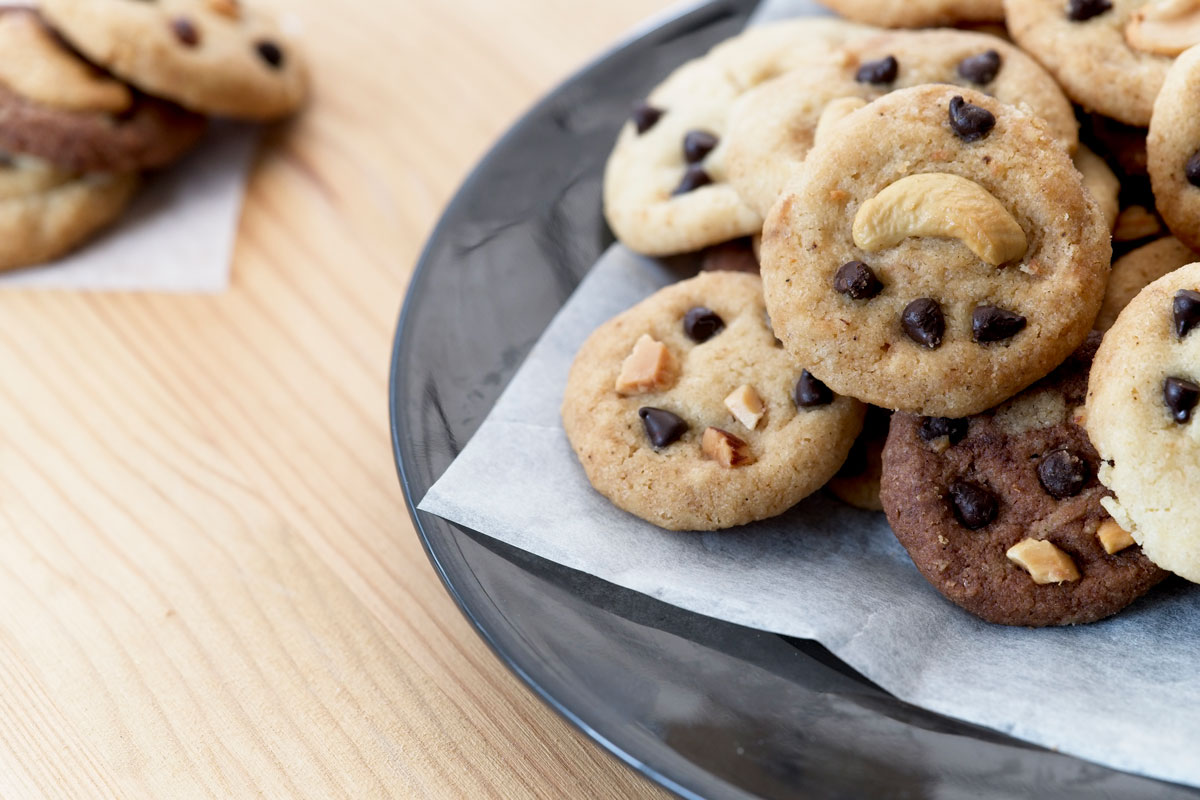
It's not the end of the world when you make a mistake. However, that doesn't mean your errors won't affect the results. Hopefully, your cookies come out somewhat near your expectations. We hope you found the information above helpful.
Before you go, do you have other cookie concerns? Did you put the dough in a freezer? You might wonder if it needs to defrost. To learn more, check out:
Should You Defrost Cookie Dough Before Baking?
We also mentioned oven rack positioning matters. You might be curious to know the details for baking cookies. For more information, check out:
Top Or Bottom Heat For Baking? [Cake, Cookies, Bread & More!]

